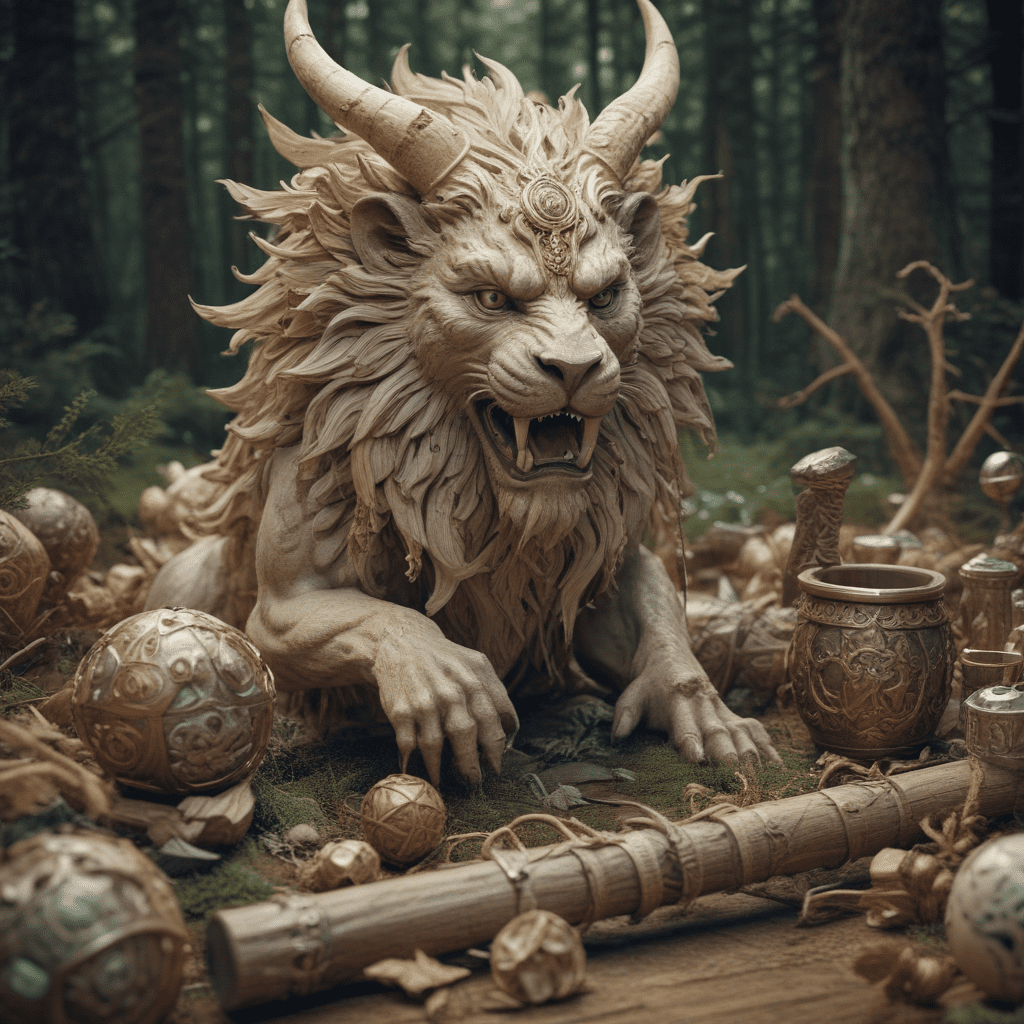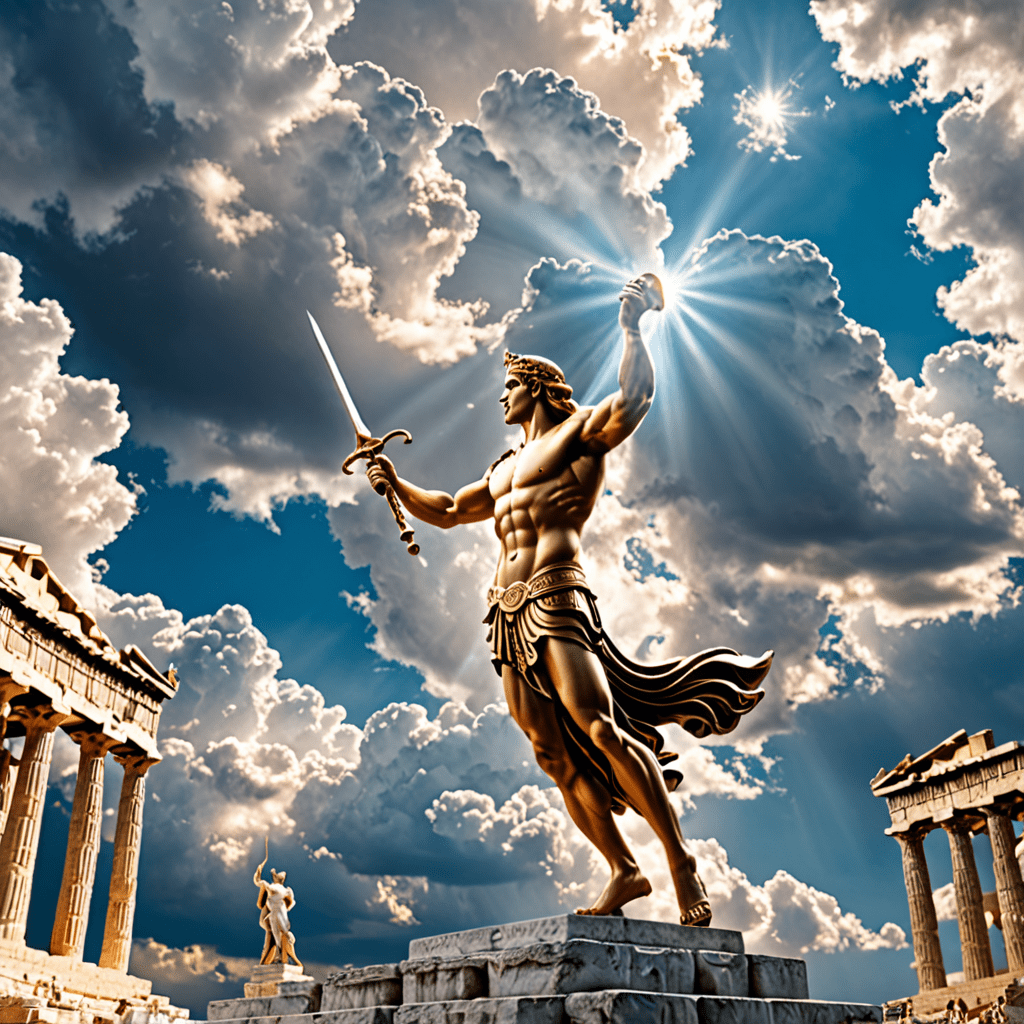The Influence of Finnish Mythology on Traditional Crafts
I. Introduction
Finnish mythology, steeped in ancient beliefs and oral traditions, has profoundly influenced the country's traditional crafts, creating a rich tapestry of art and culture. From the enigmatic nature spirits to the mythical heroes of the Kalevala, mythological themes and symbols have been woven into the very fabric of Finnish craftsmanship.
II. The Nature Spirits
In Finnish folklore, nature is alive with spirits known as haltijas, guardians of forests, lakes, and mountains. These spirits were deeply revered and appeased through the creation of talismans and amulets. Craftspeople would carve intricate wooden figurines or embroider protective symbols onto clothing to ward off evil spirits and ensure the well-being of their communities.
III. The World Tree
Yggdrasil, the World Tree of Norse mythology, is a central symbol in Finnish folklore. It represents life, connection, and the interconnectedness of all things. Craftspeople depicted the tree's branches through embroidery and wood carvings, creating intricate designs that symbolized the harmony between humans, nature, and the divine.
IV. The Kalevala
Finland's national epic, the Kalevala, is a treasure trove of mythological motifs that have inspired generations of craftspeople. Heroes like Väinämöinen and Ilmarinen are depicted in carvings, textiles, and jewelry, while mythical creatures like the fire bird and the devil's mare appear as decorative elements.
V. The Forge of Ilmarinen
Ilmarinen, the blacksmith of the gods, is a legendary figure in Finnish mythology. His incredible skills inspired metalworking techniques that are still used by craftspeople today. Blacksmiths create intricate pieces of metalwork, from jewelry to household items, using techniques that evoke the mythical forge of Ilmarinen.
VI. The Sampo
The Sampo, a mythical artifact featured prominently in the Kalevala, is a symbol of wealth, prosperity, and abundance. Carvings and sculptures depict its magical properties, such as its ability to produce flour, salt, and gold.
VII. The Sauna
In Finnish culture, the sauna holds a sacred significance. Traditional sauna decoration and rituals are deeply influenced by mythology. Carved figures of mythical creatures, such as the sauna gnome, are placed in saunas to protect bathers from evil spirits.
VIII. Textiles and Clothing
Finnish textiles and clothing are adorned with embroidered designs that draw inspiration from natural elements and mythical creatures. Geometric patterns, floral motifs, and animal figures are common, reflecting the deep connection between humans and nature in Finnish mythology.
IX. Pottery and Ceramics
Pottery and ceramics in Finland often carry symbols of fertility and abundance. Geometric patterns and figures from mythology are incorporated into the ornamentation of these pieces, creating a harmonious blend of art and tradition.
X. Conclusion
The influence of Finnish mythology on traditional crafts is a testament to the enduring power of storytelling and the interconnectedness of human culture and nature. By preserving and practicing these ancient crafts, Finns honor their cultural heritage and maintain a connection to their ancestors and the natural world.



